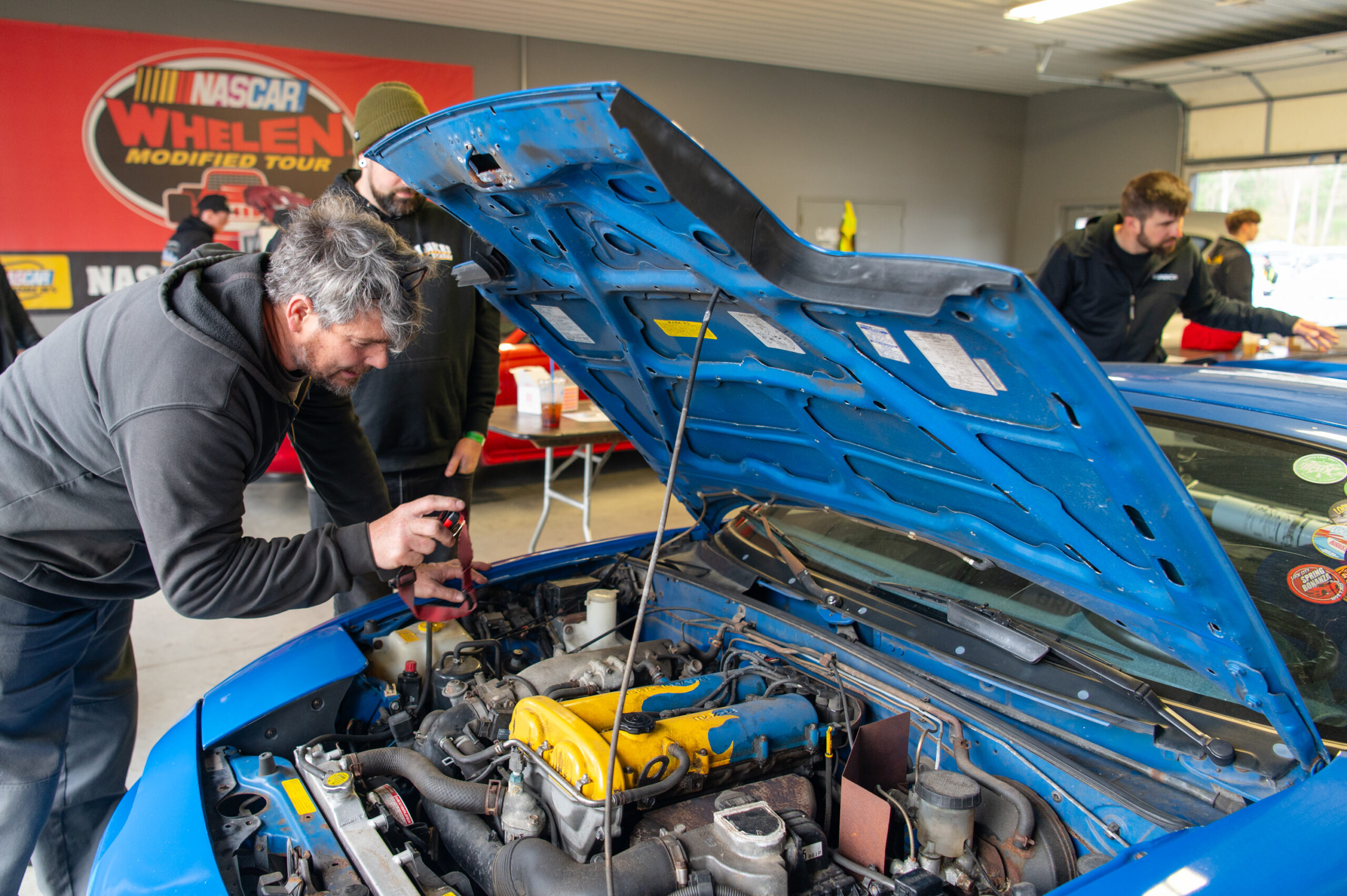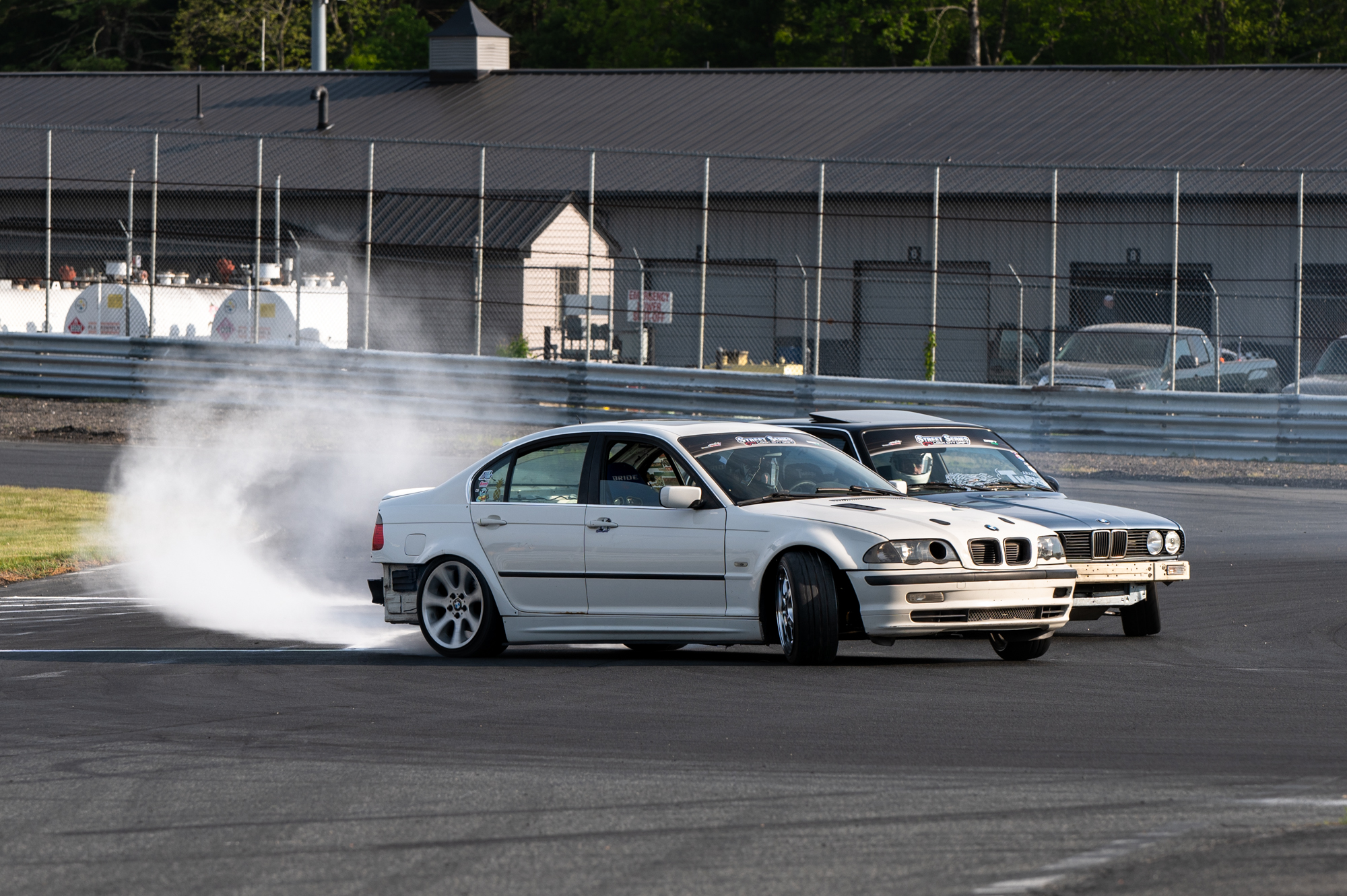Tech Regulations
Tech Regulations
Be sure to read and understand the tech requirements for an event before you register. Your car MUST pass through technical inspection before it is allowed on track.
What is expected of drivers for all events:
Morning drivers meeting attendance is mandatory. No exceptions, you must attend the drivers meeting to drive on track. We will not do personal drivers meetings. Please make prior arrangements with a track official before the day of the event if you absolutely can not make it.
Be alert and pay attention to all flaggers, and track officials while driving. If you do not listen to a track official or heed a red flag you will be removed from the track. Repeat offenses will result in being ejected from the track.
Keep the pits clean! Use the trash cans and carry out what you carried in. Spills must be cleaned IMMEDIATELY. Water is preferred in the cooling system, but coolant is ok.

Additional impact protection is now required for driver safety for the following course layouts and scenarios:
A Group Road Course: Multi-car tandem driving, close proximity driving of 3 or more vehicles, will require a full roll cage complete with door bars. Please see Appendix A Roll Cage Requirements below for complete specifications regarding roll cages. Note, Solo runs are permitted on all courses without meeting the extended roll cage requirements.
Convertibles: Convertibles are required to have a roll bar if a factory roll bar or other factory-installed rollover protection such as “pop-up” bars are not present. Please see the Tech Rules PDF for more details.
Lock City Drift Officials reserve the right to stop a car from driving at any time during an event, including, but not limited to any tech violations or to re-inspect a vehicle for track-worthiness after a collision.
STREET SERIES 2025 RULES AND JUDGING CRITERIA
What is Expected of Street Series Participants
Street Series is a highly anticipated drift competition that takes the top 32 drivers in New England and tests their skills over four different events. Inspired by D1 Street Legal competitions, rear tires are restricted to 235 width and minimum 200 tread wear. Each competition offers a cash prize and drivers earn points towards the overall standings. The series culminates in a final competition where the top drivers compete for the grand prize. With its intense competition and challenging layouts, Street Series is a must-drive event for anyone looking to test their skills against the top drivers in the north east. For full Street Series guidelines and information click here.

Get in touch!
If you’re looking for a facility rental, have questions about drift lessons, tech requirements or anything else, shoot us an email and we will get back to you as soon as we can. If you are looking for the media application please click here.
